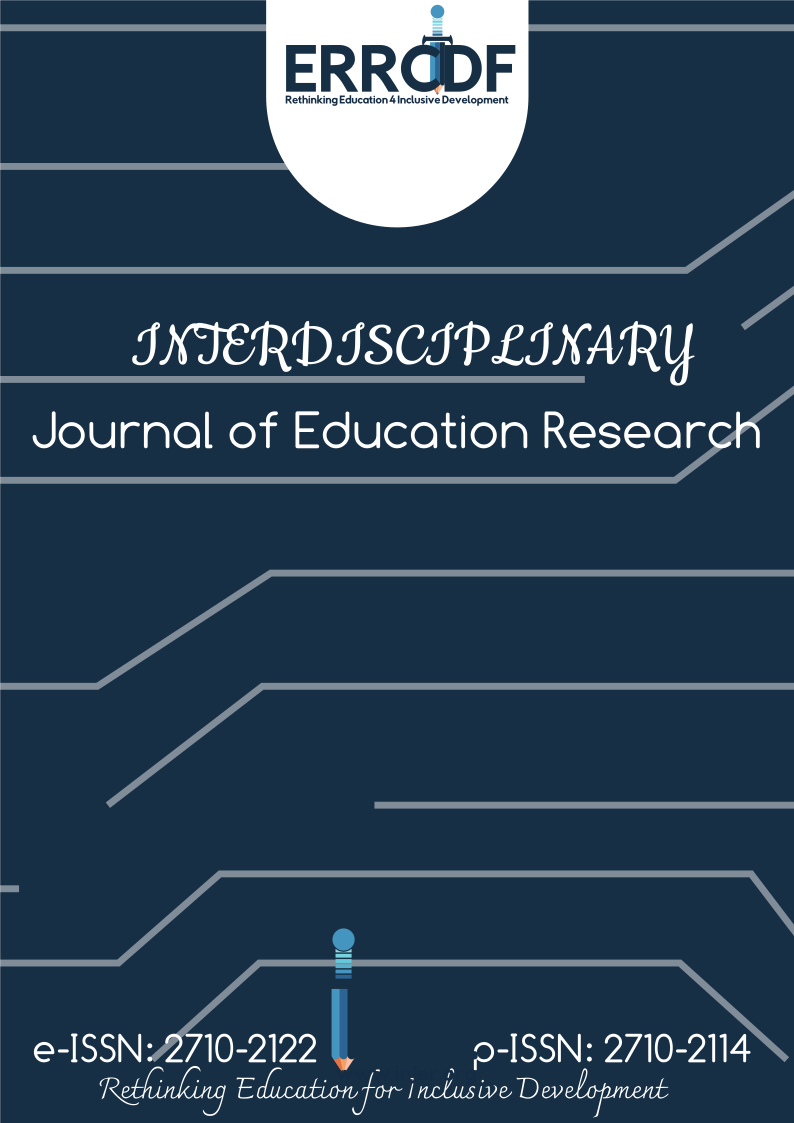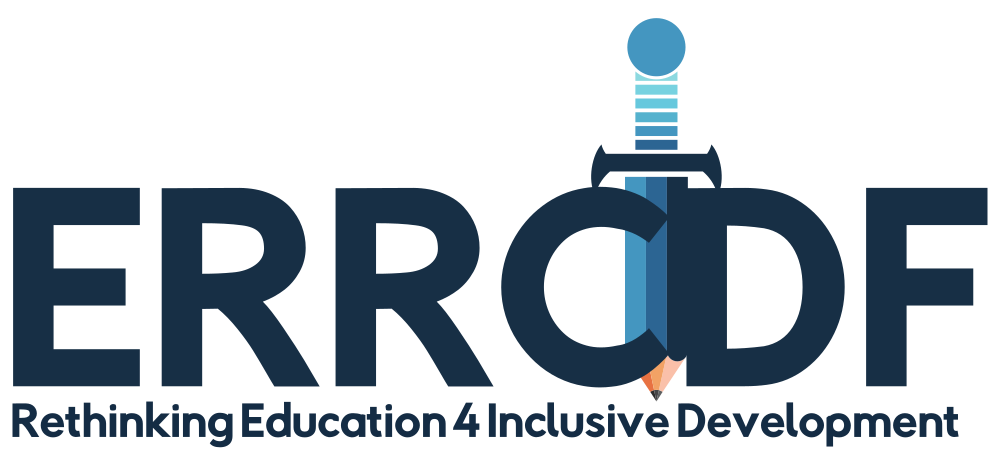Unseen influencers: Deputy principals' perceptions of their roles in primary school leadership
DOI:
https://doi.org/10.38140/ijer-2025.vol7.1.07Keywords:
Deputy principal, distributed Leadership, narrative inquiry, perception, primary schoolAbstract
This study examines the often overlooked yet critical roles of deputy principals in primary schools, exploring how they perceive their responsibilities within the existing school hierarchy. Although deputy principals make significant contributions to the quality of educational activities and the promotion of a positive school environment, their roles are minimally recognised in the Personnel Administration Measures (PAM). This limited recognition may influence how they perceive their impact and responsibilities, affecting their interactions and effectiveness in the school setting. Guided by Distributed Leadership Theory, which highlights the shared distribution of leadership roles across different school levels, these roles can be shaped by factors such as race, gender, age, and other intersecting identities. However, this study specifically focuses on gender. Grounded within the qualitative interpretive paradigm and using phenomenological narrative inquiry through individual face-to-face interviews, this study purposively selected four female deputy principals to capture their experiences and perspectives on their roles. Data were analysed thematically. Findings revealed that deputy principals' perceptions shape their roles and reinforce mutual relationships between actions and perceptions. The study recommends that policymakers implement policy changes, emphasising the need for increased recognition and support for deputy principals to cultivate school environments that promote positive educational outcomes and encourage staff collaboration.
References
African Union. (2015). Agenda 2063: The Africa we want. African Union Commission. https://www.au.int/en/agenda2063
Aguas, P. P. (2022). Fusing approaches in educational research: Data collection and data analysis in phenomenological research. The Qualitative Report, 27(1), 1–20. https://doi.org/10.46743/2160-3715/2022.5027
Barkhuizen, G., & Consoli, S. (2021). Pushing the edge in narrative inquiry. System, 102, 102656. https://doi.org/10.1016/j.system.2021.102656
Blose, S. (2024). Influence of School Contexts on Leadership Practices: Putting Deputy Principals Under the Microscope. SAGE Open, 14(1), 1–14. https://doi.org/10.1177/21582440241237875
Braun, V., & Clarke, V. (2006). Using thematic analysis in psychology. Qualitative research in psychology, 3(2), 77–101. https://doi.org/10.1191/1478088706qp063oa
Chitamba, N. (2019). The role and experiences of deputy principals with instructional leadership in Zimbabwe [Doctoral dissertation, University of the Free State].
Clandinin, D. J., & Connelly, F.M. (2000). Narrative inquiry: Experience and story in qualitative research. Jossey Bass.
Cooke, R. J. (2015). Distributed leadership and the concept of team: perceptions of the assistant principal [Doctoral dissertation, San Diego State University].
Department of Basic Education, Republic of South Africa (2016). Personnel administrative measures (PAM). Government Gazette, 608(39684), 1–216.
Department of Basic Education, Republic of South Africa (2017). Strategy to improve school management and governance in schools. Pretoria: Department of Basic Education.
Ertürk, R., & Akgün, N. (2021). Teacher perceptions on the concepts of principal and deputy principal. International Journal of Psychology and Educational Studies, 8(4), 39-54. https://dx.doi.org/10.52380/ijpes.2021.8.4.515
Fairman, J. C., Smith, D. J., Pullen, P. C., & Lebel, S. J. (2020). The challenge of keeping teacher professional development relevant. Professional Development in Education, 49(2), 197–209. https://doi.org/10.1080/19415257.2020.1827010
Gronn, P. (2000). Distributed properties: A new architecture for leadership. Educational Management and Administration, 28(3), 317–338.
Jansen, C., & du Plessis, A. (2023). The role of deputy principals: Perspectives of South African primary school principals and their deputies. Educational Management Administration & Leadership, 51(1), 157-175. https://doi.org/10.1177/1741143220975764
Johnson K (2015). Skills assistant principals need to be successful as instructional leaders: a comparison of principal and assistant principal perceptions [Doctoral Thesis, Mississippi State University].
Jubilee, S. K. (2013). The middle management paradox of the urban high school assistant principal: Making it happen. Temple University.
Khumalo, J. B., & Van der Vyver, C. P. (2020). Critical skills for deputy principals in South African secondary schools. South African Journal of Education, 40(3), 1-10. https://doi.org/10.15700/saje.v40n3a1836
Khumalo, J. B., Van Vuuren, H. J., Van der Westhuizen, P. C., & Van der Vyver, C. P. (2018). Problems experienced by secondary school deputy principals in diverse contexts: A South African study. Problems and Perspectives in Management, 16(2), 190-199. http://dx.doi.org/10.21511/ppm.16(2).2018.17
Köse, A. (2018). School vice-principals’ opinions about their profession: a self-evaluation study. Journal of Social and Humanities Sciences Research, 5(16), 191-211
Marshall, C., & Hooley, R. M. (2006). The assistant principal: Leadership choices and challenges. Corwin Press.
National Planning Commission. (2012). National Development Plan 2030: Our future – make it work. Government of South Africa. https://www.gov.za/documents/national-development-plan-2030-our-future-make-it-work
Nieuwenhuizen, L. M. (2011). Understanding complex role of the assistant principal in secondary schools. University of Missouri-Columbia.
Ntepe, M. A. (2020). Exploring principals' conflict management strategies in primary schools of Tikoe centre in Maseru [Doctoral dissertation, National University of Lesotho].
Rauschnabel, P. A., Felix, R., Hinsch, C., Shahab, H., & Alt, F. (2022). What is XR? Towards a framework for augmented and virtual reality. Computers in human behaviour, 133, 107289. https://doi.org/10.1016/j.chb.2022.107289
Republic of South Africa (RSA) (2016a). Personnel administrative measures (PAM). Government Gazette No. 39684. Pretoria: Government Printer.
Republic of South Africa (RSA) (1999) Personnel administrative measures (PAM). Government Gazette No.19767 18 February 1999. Pretoria: Government Printer.
Republic of South Africa. (1998a). Employment of Educators Act 76 of 1998. Government Printer.
Spillane, J. (2005). Distributed leadership. The Education Forum, 69(2), 143–150.
Somoza-Norton, A., & Neumann, N. (2021). The assistant principal as instructional leader: The redesign of the AP position in the 21st century. Journal of School Administration Research and Development, 6(1), 43-51.
South African Government. (a.n.d.). Vision 2025: Strategic framework for a better future. Government of South Africa.
Stronge, J. H., & Xu, X. (2021). Qualities of effective principals. ASCD.
Salazar, S. V., Pacchierotti, C., de Tinguy, X., Maciel, A., & Marchal, M. (2020). Altering the stiffness, friction, and shape perception of tangible objects in virtual reality using wearable haptics. IEEE transactions on haptics, 13(1), 167-174.
Tahir, L. M., Musah, M. B., Hassan, R., & Ali, M. F. (2023). Published Articles on Deputy Principals From 1980 to 2020: A Systematic Literature Review. SAGE Open, 13(4), 21582440231202848. https://doi.org/10.1177/21582440231202848
Türko?lu, M. E., & Cansoy, R. (2020). School principals’ opinions on the meaning and sources of workload. International Journal of Contemporary Educational Research, 7(1), 177-191. https://doi.org/10.33200/ijcer.657994
United Nations. (2015). Sustainable Development Goal 4: Quality education. United Nations. https://www.un.org/sustainabledevelopment/education/
Weller, L. D., & Weller, S. J. (2002). The assistant principal: Essentials for effective school leadership. Corwin Press.
Downloads
Published
How to Cite
Issue
Section
License
Copyright (c) 2025 Ntombikayise Nkosi

This work is licensed under a Creative Commons Attribution 4.0 International License.










